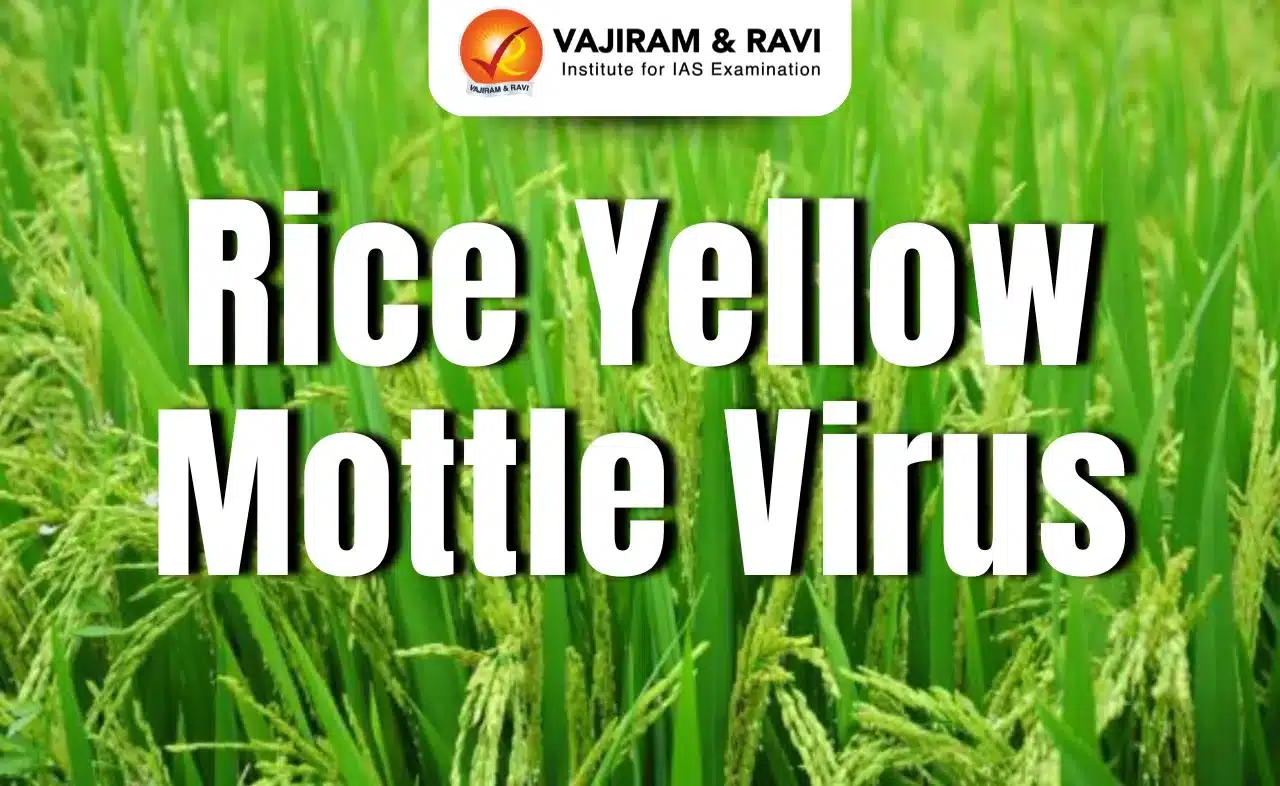About Green Roofs
- Green roofs, also known as ‘vegetated roofs’ or ‘living roofs’ — are ballasted roofs consisting of a waterproofing membrane, growing medium (soil), and vegetation (plants) overlying a traditional roof.
- The layers of green roof systems must, like any roof, accommodate drainage, stormwater management, and protect the building from the elements with a waterproof membrane.
- But they also must create a growing area and potentially provide support, irrigation, and root protection barriers while staying as light as possible.
- Two types of green roofs exist: intensive and extensive.
- Intensive green roofs are essentially elevated parks. They can sustain shrubs, trees, walkways and benches with their complex structural support, irrigation, drainage, and root protection layers.
- Extensive green roofs are relatively light. They support hearty native ground cover that requires little maintenance. Extensive green roofs usually exist solely for their environmental benefits and don’t function as accessible rooftop gardens.
- Benefits:
- Green roofs last longer than conventional roofs, reduce energy costs with natural insulation, create peaceful retreats for people and animals, and absorb storm water, potentially lessening the need for complex and expensive drainage systems.
- On a wider scale, green roofs improve air quality and help reduce the Urban Heat Island Effect, a condition in which city and suburban developments absorb and trap heat.
Key Facts about Fungi
- Fungi, along with Animalia (animals), Plantae (plants), Protista, Archaea/Archaebacteria, and Bacteria or Eubacteria, form the six ‘kingdoms’ of biology.
- They are eukaryotic organisms, i.e., their cells contain membrane-bound organelles and clearly defined nuclei.
- Reproduction: Fungi usually reproduce both sexually and asexually.
- Distribution:
- Fungi are either terrestrial or aquatic, the latter living in freshwater or marine environments.
- They are found in all temperate and tropical regions of the world where there is sufficient moisture to enable them to grow.
- A few species of fungi live in the Arctic and Antarctic regions, although they are rare and are more often found living in symbiosis with algae in the form of lichens.
- Importance of fungi:
- They help in breaking down dead organic material, they continue the cycle of nutrients through ecosystems.
- Fungi, as food, play a role in human nutrition in the form of mushrooms.
- They also act as agents of fermentation in the production of bread, cheeses, alcoholic beverages, and numerous other food preparations.
- Secondary metabolites of fungi are used as medicines, such as antibiotics and anticoagulants.
Q1) What is mycorrhiza?
Mycorrhizae are a symbiotic association between plant roots and fungi. Their major role is to enhance nutrient and water uptake by the host plant by exploiting a larger volume of soil than roots alone can do.
Last updated on June, 2025
→ UPSC Notification 2025 was released on 22nd January 2025.
→ UPSC Prelims Result 2025 is out now for the CSE held on 25 May 2025.
→ UPSC Prelims Question Paper 2025 and Unofficial Prelims Answer Key 2025 are available now.
→ UPSC Calendar 2026 is released on 15th May, 2025.
→ The UPSC Vacancy 2025 were released 1129, out of which 979 were for UPSC CSE and remaining 150 are for UPSC IFoS.
→ UPSC Mains 2025 will be conducted on 22nd August 2025.
→ UPSC Prelims 2026 will be conducted on 24th May, 2026 & UPSC Mains 2026 will be conducted on 21st August 2026.
→ The UPSC Selection Process is of 3 stages-Prelims, Mains and Interview.
→ UPSC Result 2024 is released with latest UPSC Marksheet 2024. Check Now!
→ UPSC Toppers List 2024 is released now. Shakti Dubey is UPSC AIR 1 2024 Topper.
→ Also check Best IAS Coaching in Delhi
























